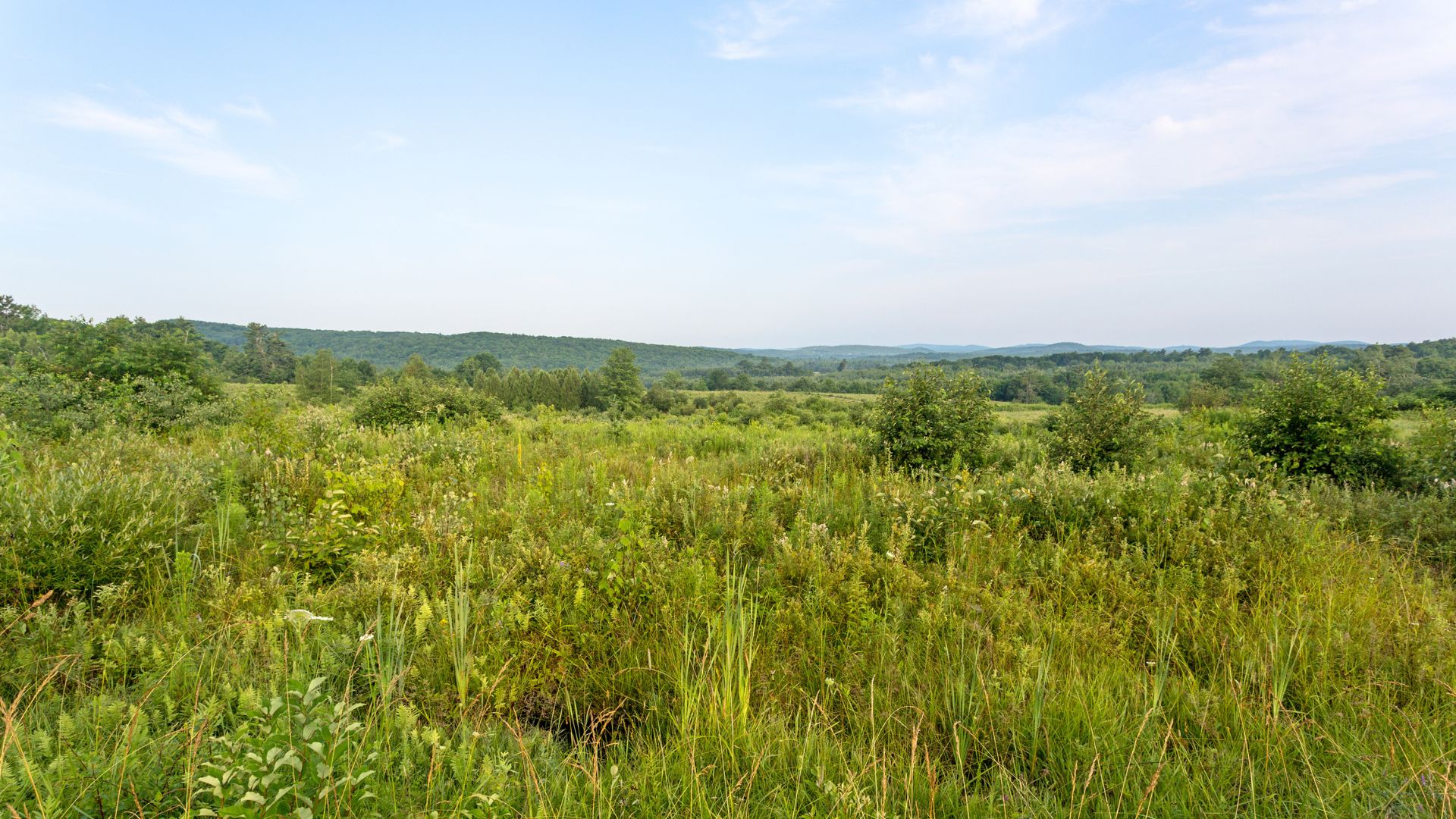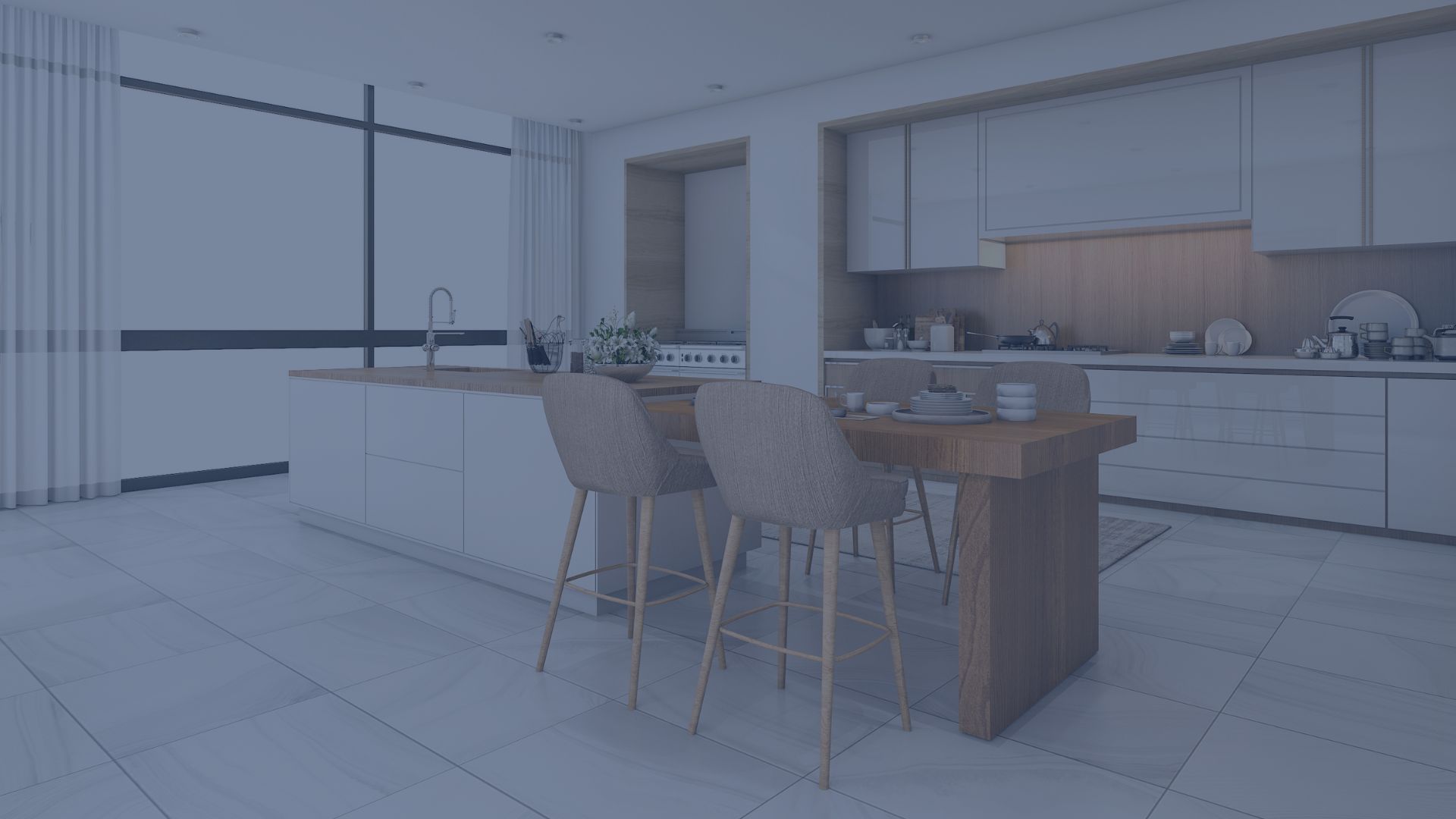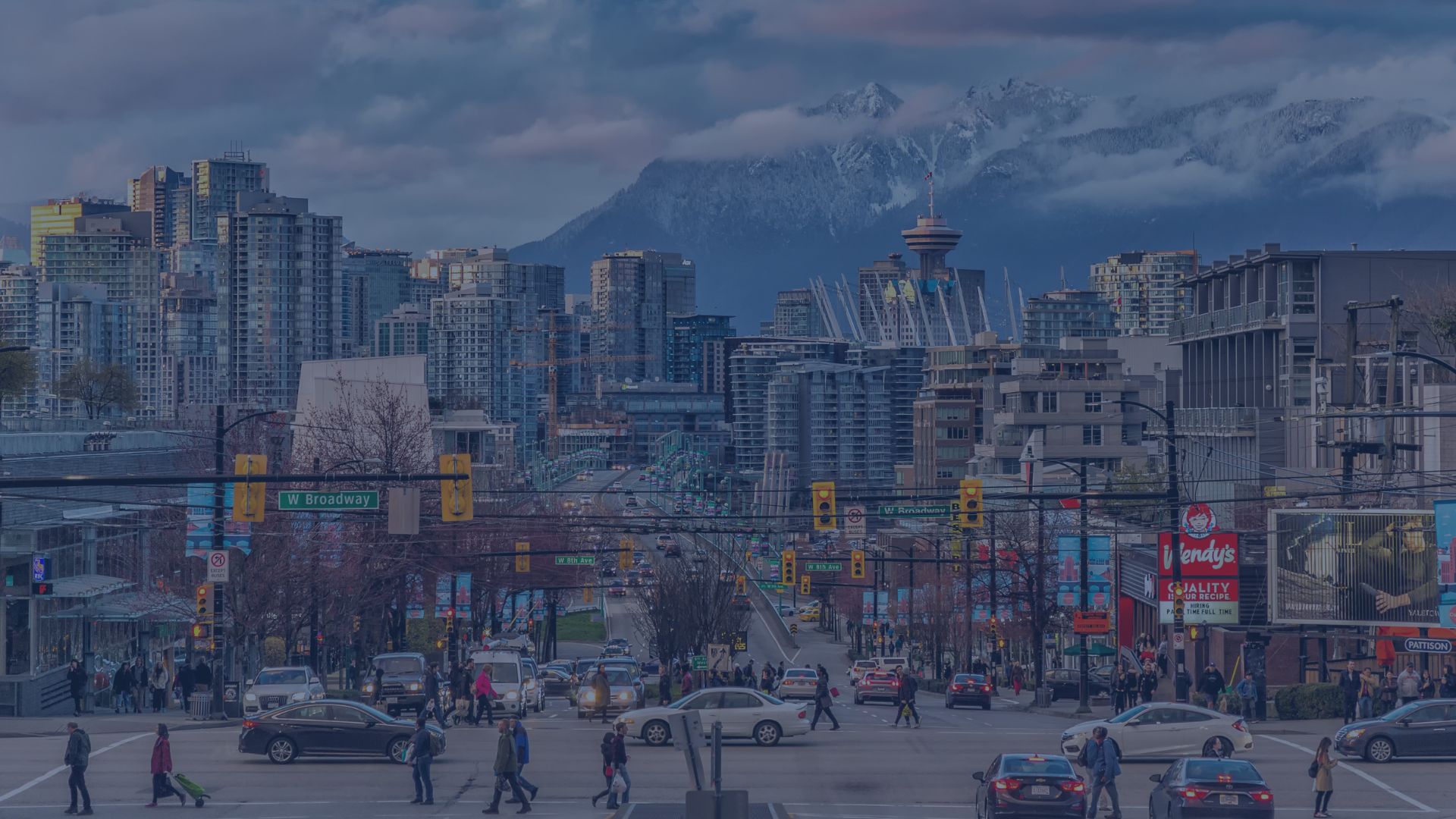Home ownership has long been touted the Canadian dream. However. affordability challenges and low housing supply have made the Canadian housing market more challenging to navigate. Your RE/MAX agent is your most-valuable resource in a successful home purchase, but in the meantime, here are some ways to help your get your foot in the door.
Creative ways people are buying real estate in Canada
Widen your search.
As real estate prices rise in some of Canada’s housing markets, we’re experiencing two notable home-buying trends: more condos, and a shift in migration patterns.
Condos offer affordability by virtue of their design – their compact size comes with a smaller price tag. Shared amenities mean you’ll have to pay condo fees, but the cost is lower than what you’d pay for the same services in a freehold home. And oftentimes condos are located on or near transit hubs that allow you to get by without owning a car.
If you’re not willing to compromise on square footage, then you could be a “move-over” buyer on a suburban or rural trajectory. Living in the suburbs or even in a neighbouring city often means longer commutes to work, family and friends, shopping and daily errands. But for those who want the extra bedroom, a backyard and perhaps a pool, it could be worth the trade-off. Remote work has also given many Canadians greater flexibility in where they can work and live.
Increase your funds.
First of all, let’s look at the money you may already have that can help you buy a home. Have you been contributing to an RRSP? Aside from the tax benefits of doing so, the first-time Home Buyers’ Plan (HBP) lets you borrow up to $60,000 from your RRSP to put toward the purchase of a home. If you’re buying a home with someone else who qualifies as a first-time buyer, they can also borrow $60,000 for a total of $120,000.
Keep in mind that the HBP is essentially an interest-free loan from your retirement fund. Beginning the second year after your withdrawal, you’ll need to start re-funding your RRSP with the amount you borrowed. You’ll have 15 years to repay and if you don’t, you will be taxed.
Now, let’s look at the money you don’t have, but could have with some careful planning and self-control. Assuming you are employed (and for most of us, there’s no way around this one), set aside as much as possible from every paycheque into a high-interest savings account, a Tax Free Savings Account (TFSA) or another low-risk investment vehicle. The amount you can realistically save will depend on factors like your income, regular bills, debt payments and lifestyle. Some of these you can’t control while others you can.
The First Home Savings Account (FHSA) combines the elements of a TFSA and the HBP, allowing for tax-deductible contributions and tax-free withdrawals when purchasing a home. Canadian residents can contribute up to $8,000 per year, and carry forward any unused portion. The lifetime contribution limit to a FHSA is $40,000.
Admittedly, the saving process takes time, but this is nothing new. With time, willpower and a plan, home ownership is within your reach.
Buy with a buddy.
There’s (purchasing) power in numbers! Those who find they can’t afford to buy a home on their own in their preferred area and increasingly looking to co-ownership as a feasible option. The pooling of resources allows buyers to boost their collective down payment and the amount of mortgage they’ll qualify for. Buying a home with family or friends also eases the pressure of the ongoing expenses associated with home ownership, such as property taxes, utilities and maintenance. Share in the cost, share in the rewards! But buyer beware: make sure you work with an experienced real estate lawyer who handles these types of purchases. Remember, this is a legally binding contract with obligations.





